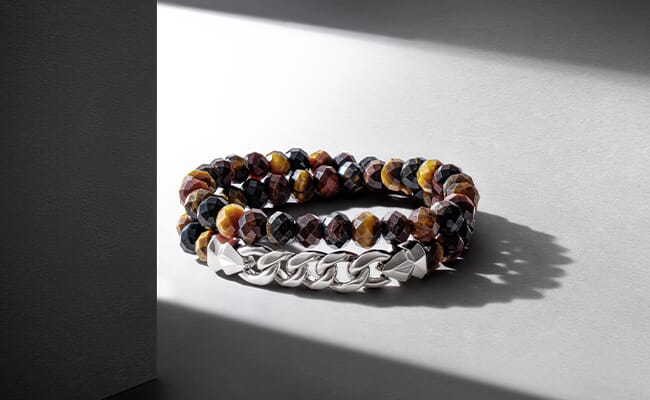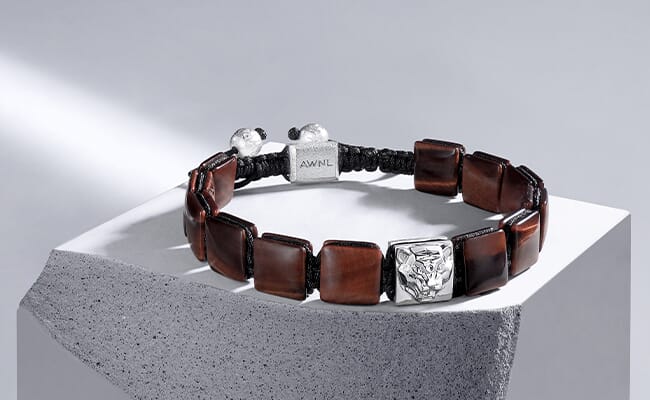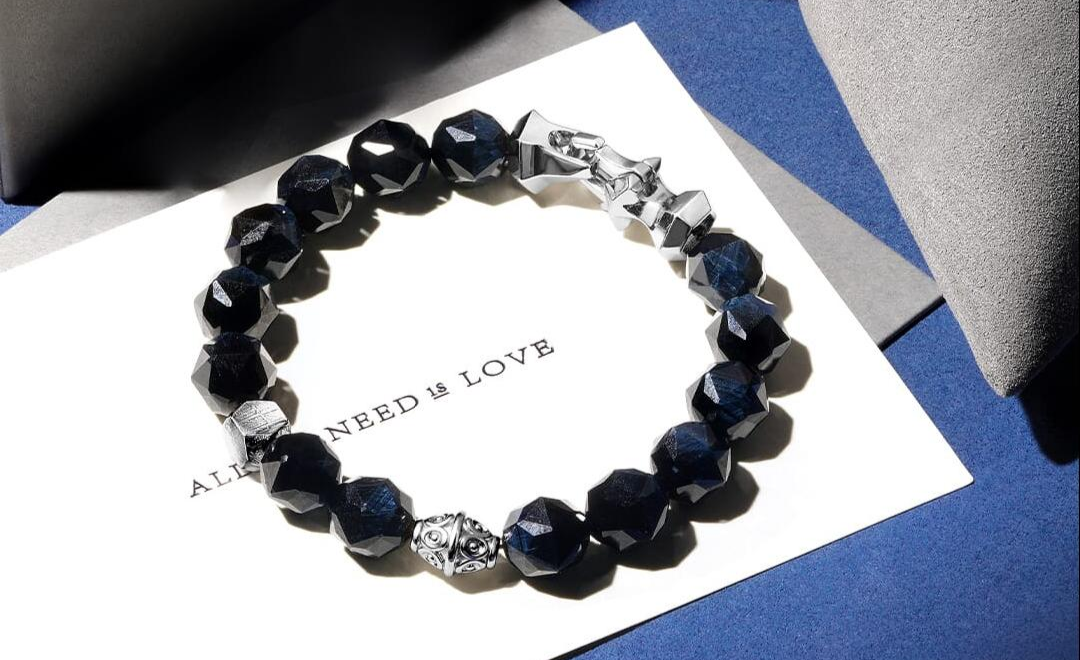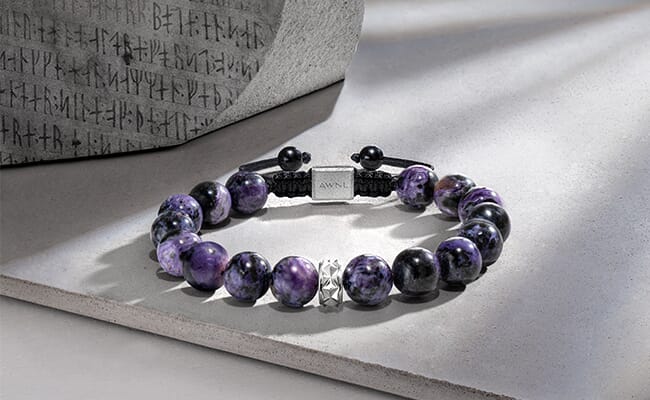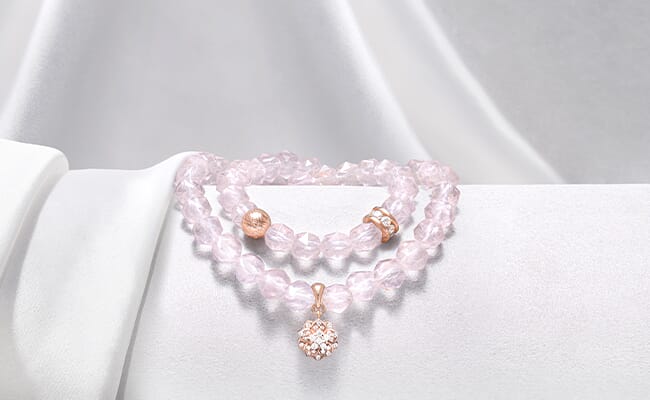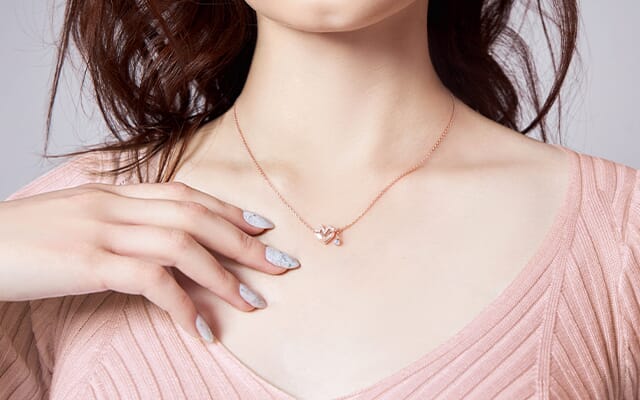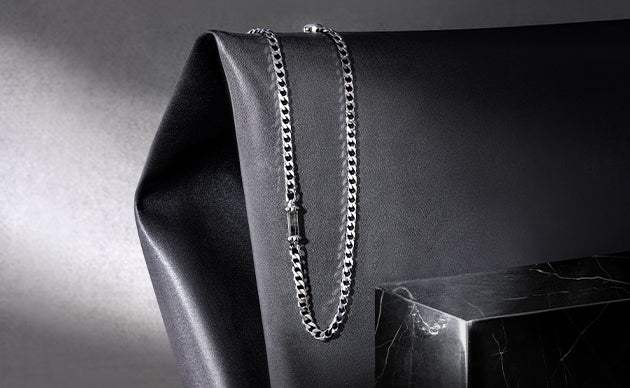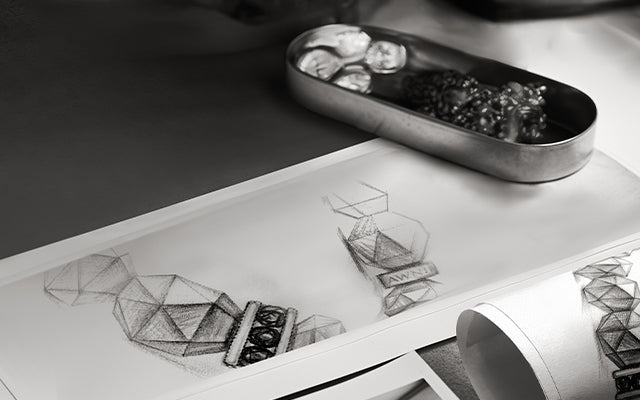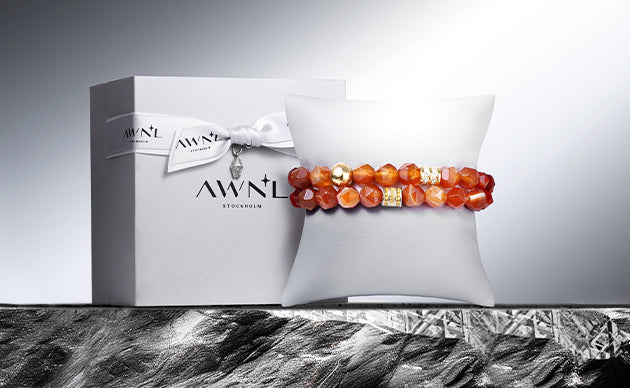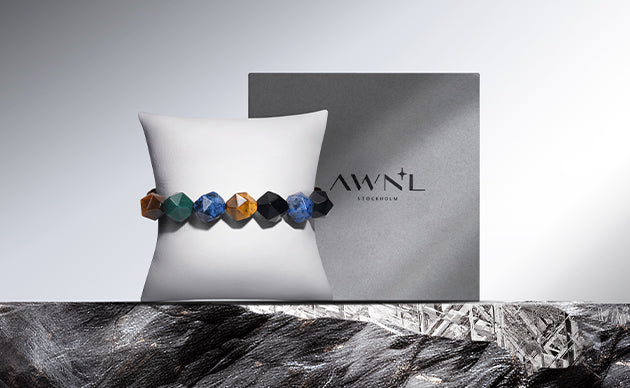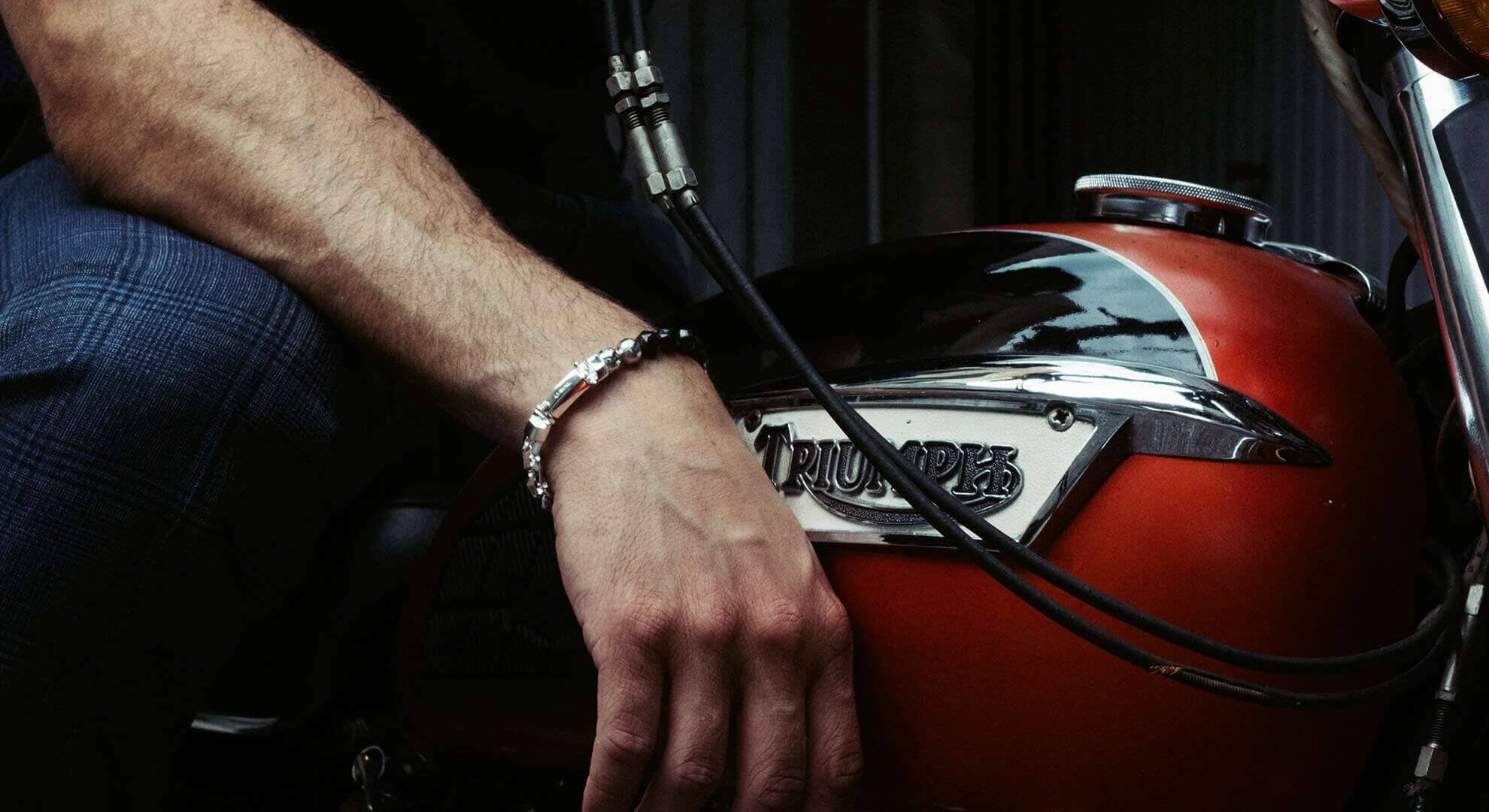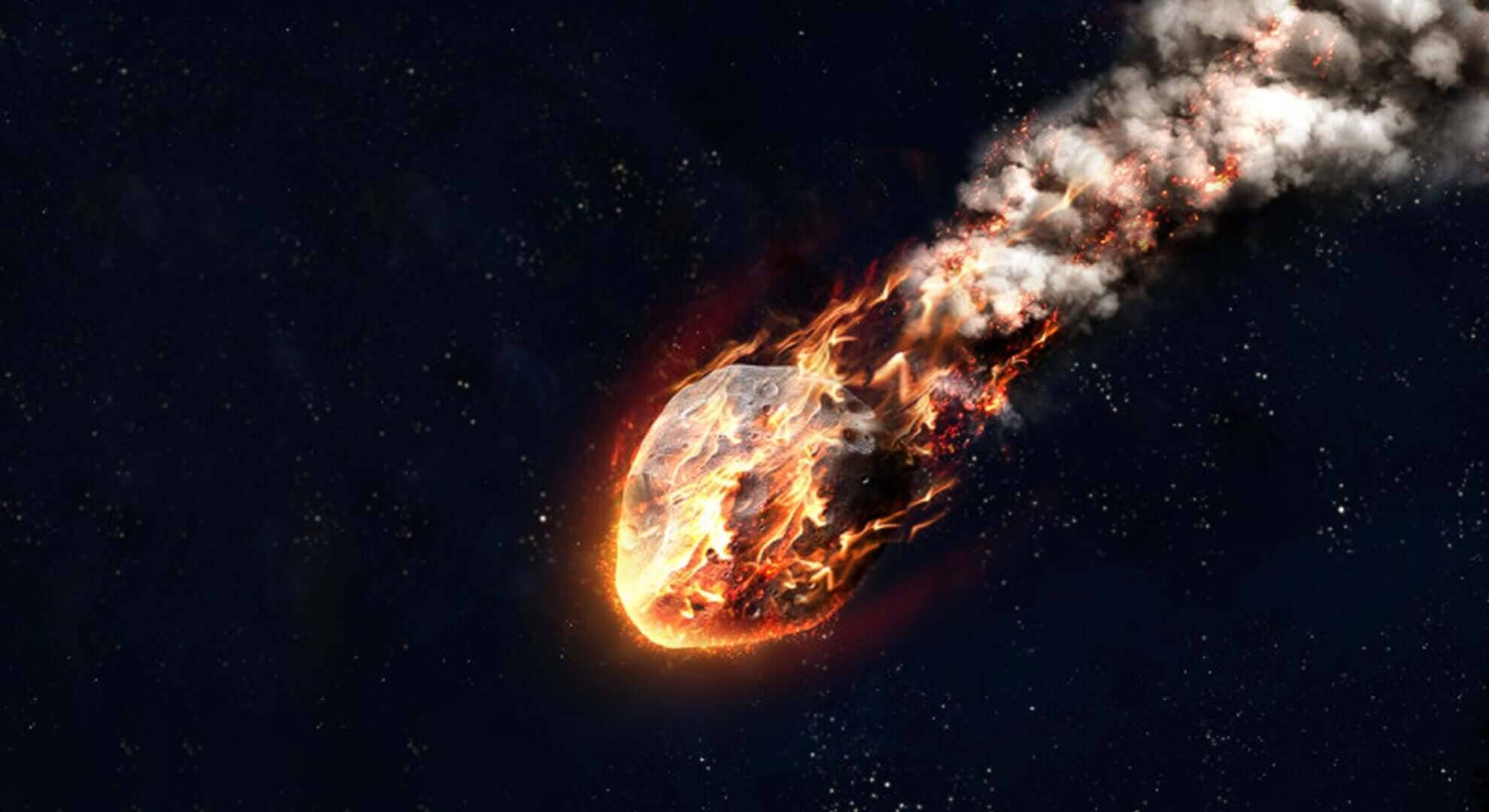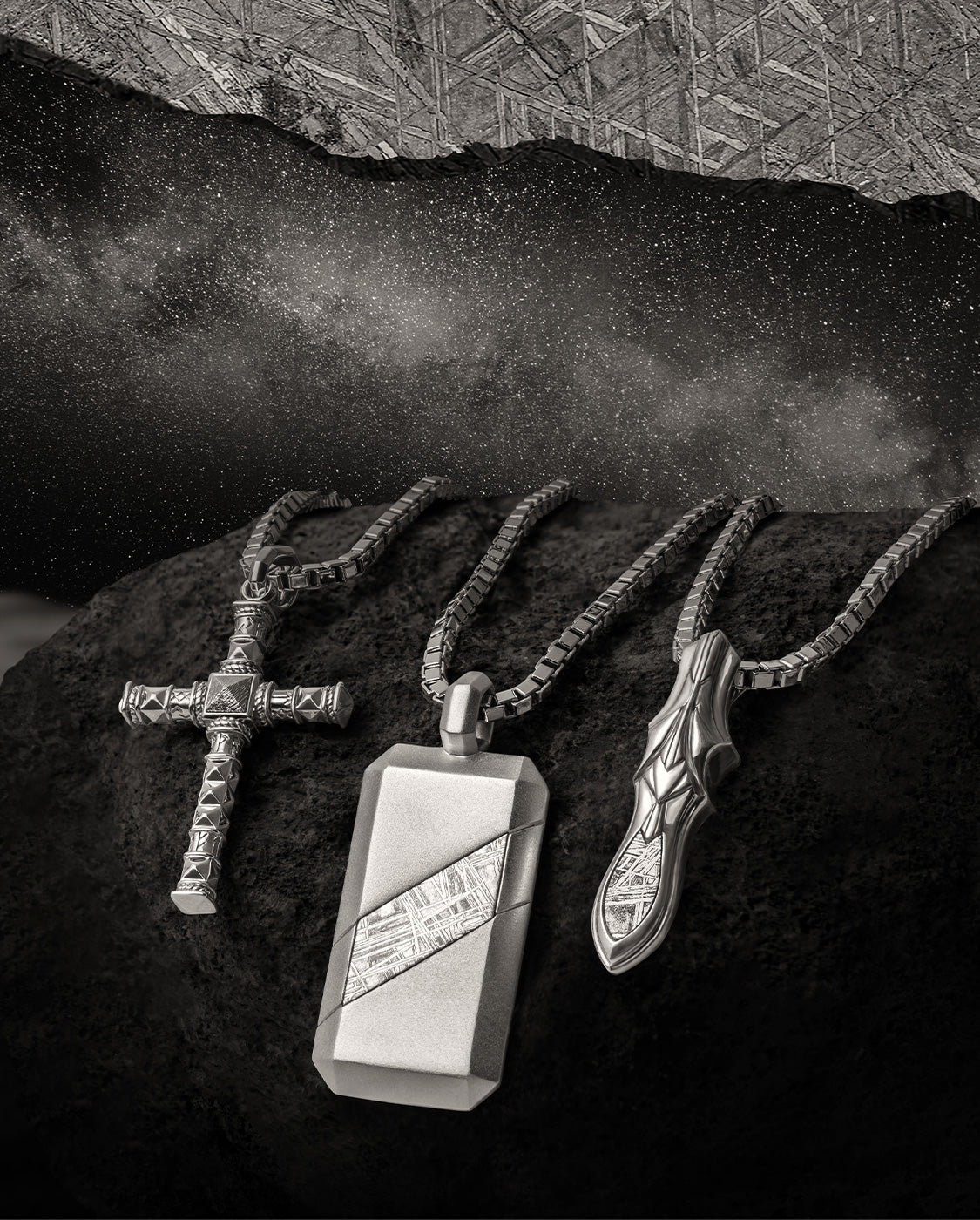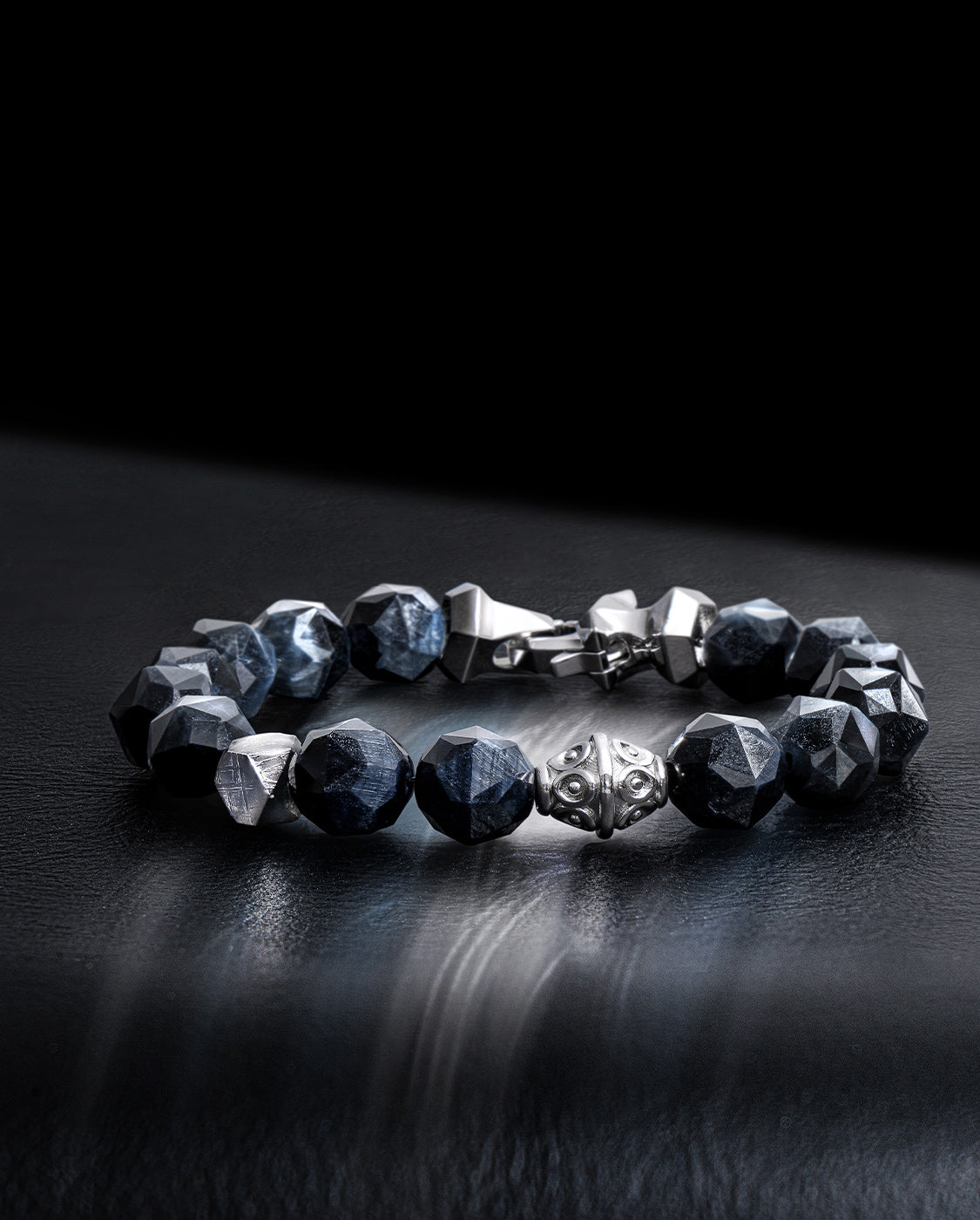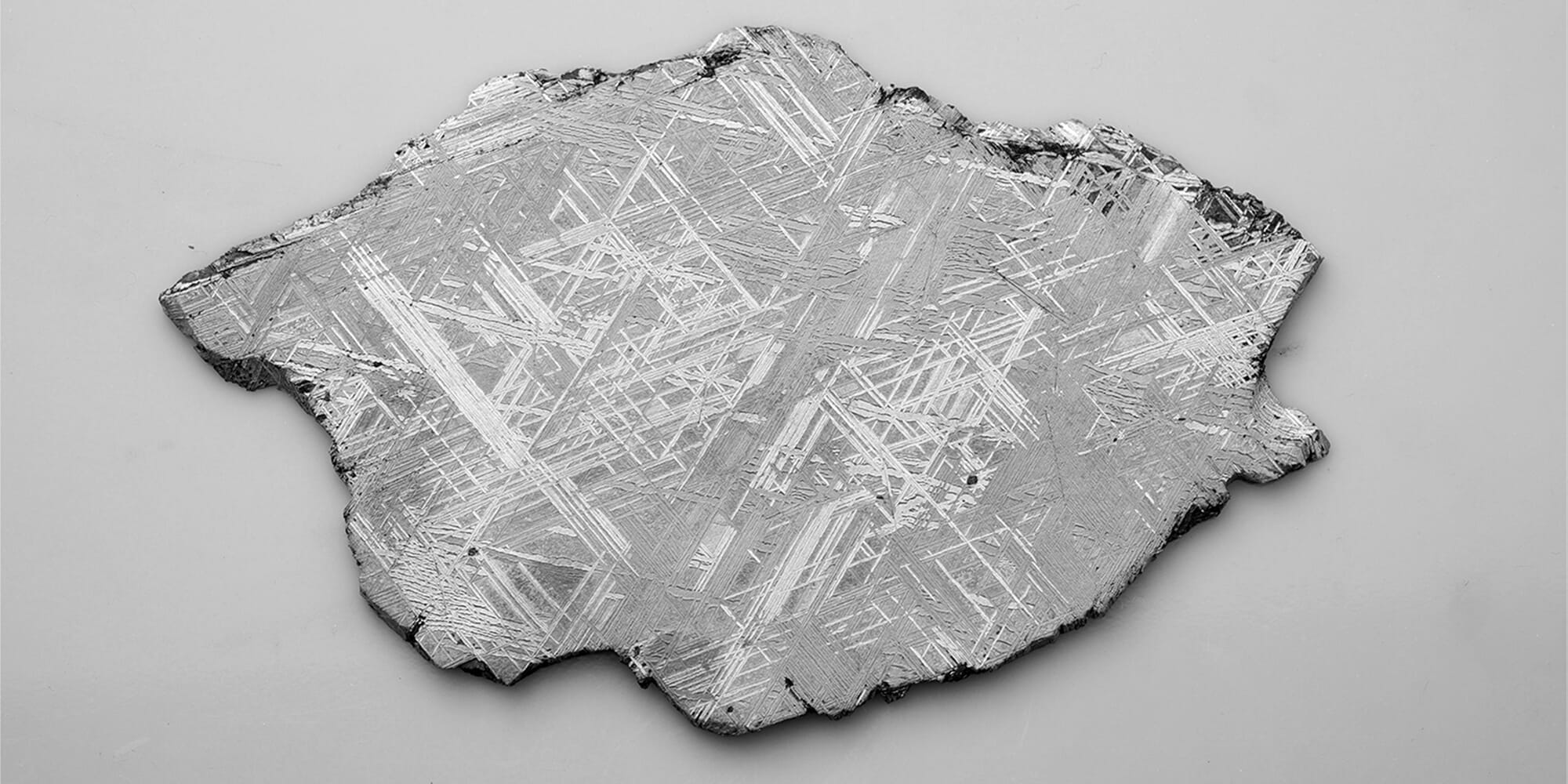
Widmanstätten Pattern, Secret Words from Outer Space
Welcome to the captivating world of meteorites and jewelry, where fascinating secrets from outer space await discovery! Did you know that the earliest known source of iron on Earth was a meteorite? Yes, you read that right!
Meteorites: Celestial Gifts with Enchanting Powers
In fact, ancient cultures believed that these celestial objects were sacred gifts from the universe, endowed with magical healing properties. These revered stones provided early humans with their first glimpse of iron, empowering them to become masters of their environment and unlock new levels of knowledge and understanding.

Iron Meteorite
The Timeless Charm of Meteorite Jewelry
Today, meteorite jewelry remains a testament to the enduring allure of these extraordinary space rocks. Each piece is a unique treasure, carrying with it the history and mystery of the cosmos.
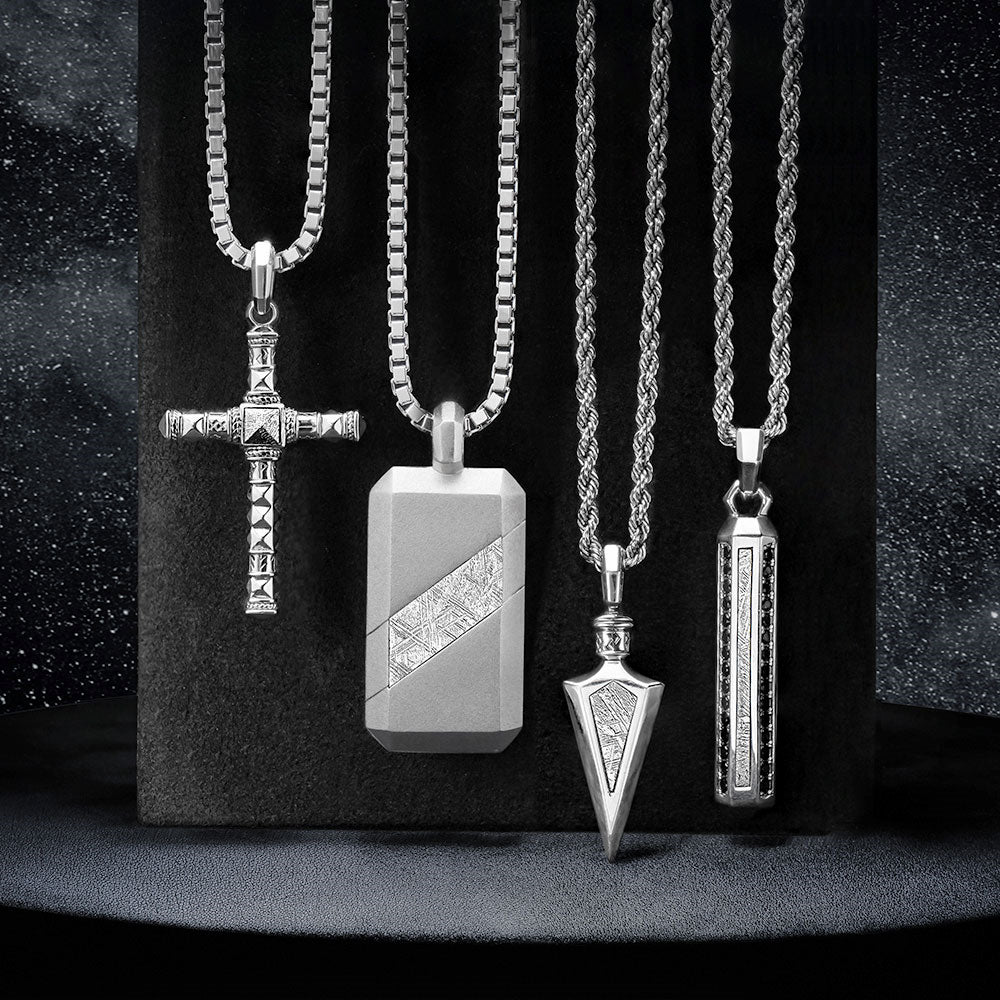
Muonionalusta Meteorite: A Cosmic Marvel
Owning a meteorite is a rare privilege, as it puts you in possession of one of the oldest and most extraordinary objects on Earth. These cosmic wonders have captured the imaginations of scientists, jewelry makers, and collectors alike for centuries. Among these remarkable meteorites is the Muonionalusta meteorite from Sweden, which has become a popular choice for jewelry and handicrafts.
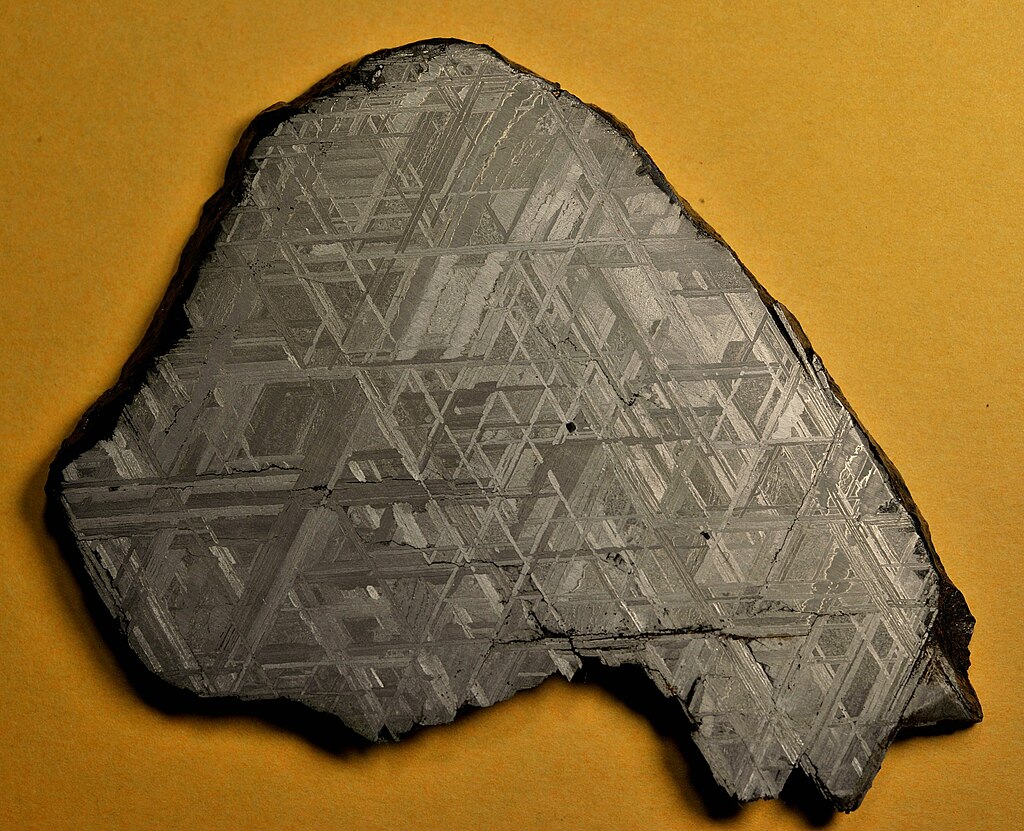
The Unique Composition of Muonionalusta Meteorite
Muonionalusta Meteorite is an iron meteorite believed to be part of the iron core of an ancient planetary body. It is composed of Namibian "Gibeon" iron, also known as G iron. This exceptional meteorite has captivated the world with its striking, geometric patterns and unique crystalline structure, making it a highly sought-after material for creating stunning pieces of jewelry and other artistic creations.

Muonionalusta Meteorite Pattern
What sets the Muonionalusta meteorite apart is its high nickel content, which is usually less than 1% in natural iron on Earth, but can range from 9% in M-iron meteorites. This exceptional meteorite is prized for its unique composition, which gives it a distinct appearance and exceptional properties.
Unlocking the Secrets of Widmanstätten Texture
One of the most striking features of the Muonionalusta meteorite is its fascinating crystalline structure, known as the Widmanstätten texture. This intricate pattern was discovered by the Austrian Count Alois von Beckh Widmanstätten in 1808 and has since become synonymous with the Muonionalusta meteorite. The Widmanstätten texture is created by the slow cooling of the meteorite over millions of years, resulting in the formation of unique and beautiful crystalline patterns.

The Widmanstätten texture is a remarkable feature of the Muonionalusta meteorite, characterized by long, nickel-iron crystals that form intricate, geometric patterns of exceptional beauty. This unique, textured structure runs throughout the entire meteorite, serving as a testament to the incredible forces of nature that shaped it.
The formation of the Widmanstätten texture is a long and complex process that takes millions of years. If you polish the surface of a tested sample of the meteorite and soak it in an acid solution composed of 10% concentrated nitric acid and 90% alcohol for about a minute, the pattern will appear in all its glory. This hard-won texture is a precious reminder of the origins of our solar system, a masterpiece of cosmic forces acting upon asteroids as old as, or even older than, our planet.

Widmanstätten Pattern CAD
The Artistic and Commercial Allure of Meteorite Textures
The remarkable texture structure of the Muonionalusta meteorite has inspired countless artists and jewelry designers, thanks to its intricate, geometric patterns and exceptional beauty. In addition to jewelry, this remarkable space rock has also been used by world-famous watch brands, such as Rolex, Piaget, and Jaeger-LeCoultre, to create their limited edition watches, which are highly sought-after by collectors around the world.
Muonionalusta Meteorite in Luxury Watchmaking
These exquisite timepieces showcase the enduring appeal of the Muonionalusta meteorite, with its unique Widmanstätten texture and rich history. With their exceptional craftsmanship and attention to detail, these watches are a true testament to the artistry and skill of their makers, as well as the enduring legacy of this remarkable space rock.

Rolex Day-Date 118206 Watch
Embracing the Spiritual and Aesthetic Appeal of Meteorite Jewelry
As a Nordic luxury jewelry brand, we're passionate about exploring rare natural materials that contain spiritual energy. That's why we've made the Muonionalusta meteorite a core principle of our jewelry design, integrating it with natural spars to create pieces that showcase the unique Widmanstätten texture in all its geometric beauty.
Muonionalusta Meteorite: A Symbol of Cosmic Connection and Spiritual Energy
When you wear a piece of jewelry crafted from the Muonionalusta meteorite, you're not just wearing a beautiful accessory – you're tapping into the spiritual energy and cosmic forces that have shaped our universe for billions of years. As the French biologist Roger Caillois once said in "Writing in Stone," "When we read the textures and patterns of gems and minerals, we use them as tools to unravel the mysteries of the universe."

Explore AWNL Interstellar Collection
With its intricate Widmanstätten texture, the Muonionalusta meteorite is a powerful tool for unlocking the mysteries of the universe and awakening your inner potential. By wearing a piece of Muonionalusta meteorite jewelry, you're inviting protection, healing, and spiritual guidance into your life, connecting with the very essence of our universe and all its beauty and wonder.
Discover the AWNL Interstellar Collection: A Fusion of Cosmic Wonder and Artistry
Explore our stunning collection of Muonionalusta meteorite jewelry today and discover the power and beauty of this remarkable material for yourself. Whether you're looking for a unique and meaningful gift for someone special or a stunning accessory that celebrates the mysteries of the cosmos, you'll find something to love in our exquisite collection.


